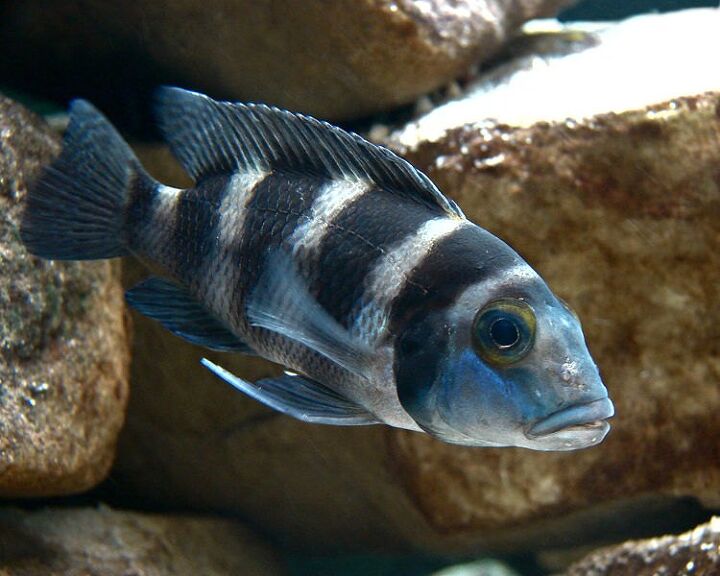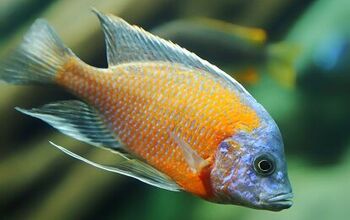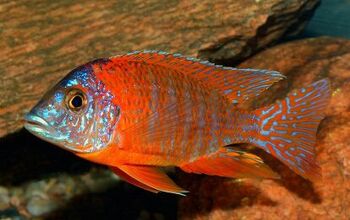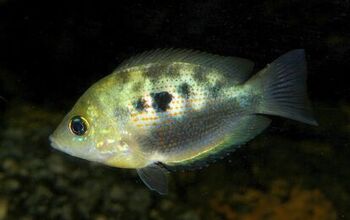1.6K Views
African Cichlids

by
Amy Tokic
(IC: )
Published: January 14th, 2014

About African Cichlids
Group
Freshwater
Size
Varies
Temperament
Aggressive
Aquarium Size
Large (50+ gal)
Swimming Region
Middle
Fish Water Condition
Varies depending on species
Suitable Tank Mates
Various species of African Cichlids
Difficulty Of Care
Weekly care
Top Breed
1
African Cichlids General Description
Despite their highly exotic appearance, African cichlids are actually one of the hardiest families of freshwater fish. In fact, they are resistant to most diseases that plague other species of freshwater fish and can easily live for 5 to 8 years in a well maintained aquarium.

Amy Tokic
Amy Tokic, Editor of PetGuide.com, is a passionate animal lover and proud pet parent of Oscar, a Shih Tzu/Chihuahua cross, and Zed, a Japanese Chin. Her love of animals began in kindergarten, when she brought her stuffed dog Snoopy into class with her every day. Now, she writes about her adventures in pet ownership and tirelessly researches products, news and health related issues she can share with other animal enthusiasts. In her free time, Amy loves perusing used book and record stores, obsessing over the latest pet products available and chasing squirrels with wild abandon (a habit attributed to spending too much time with her pooches).
More by Amy Tokic
Published January 14th, 2014 12:00 AM
























